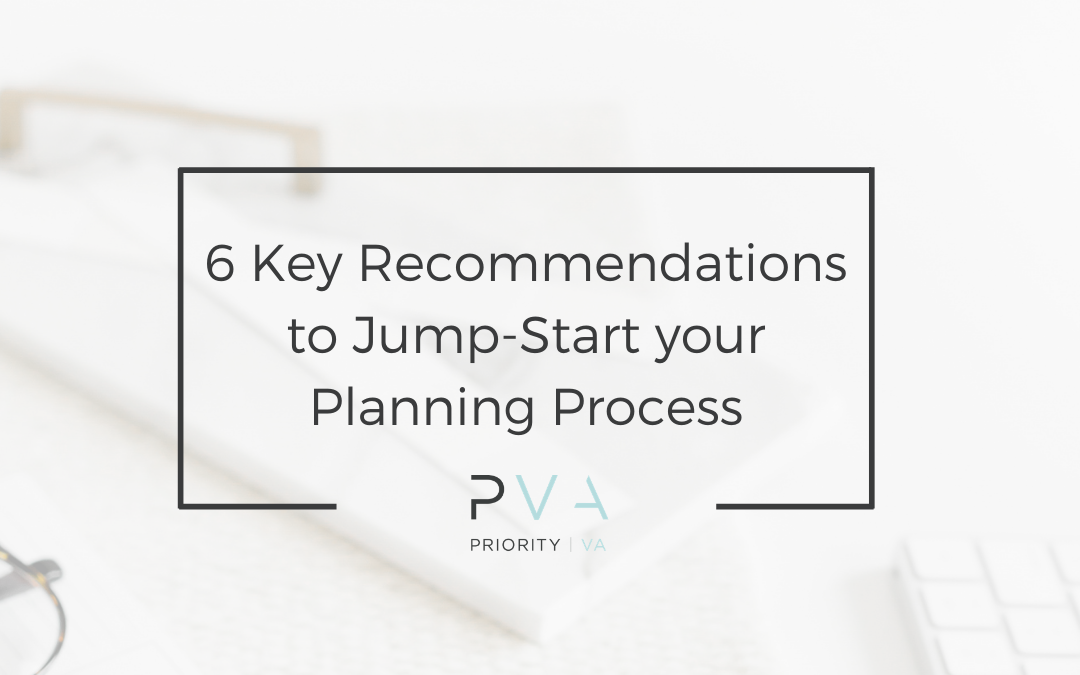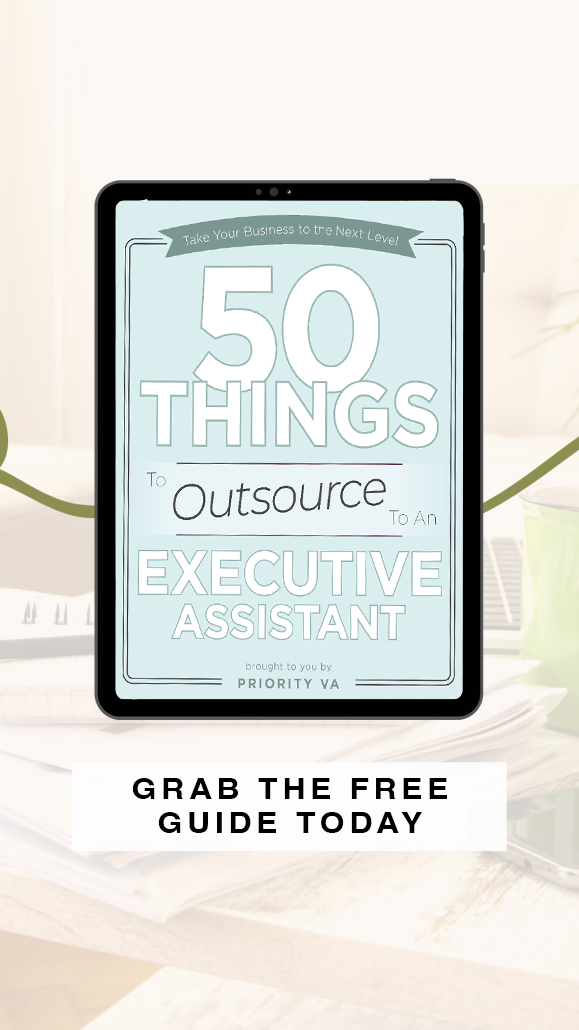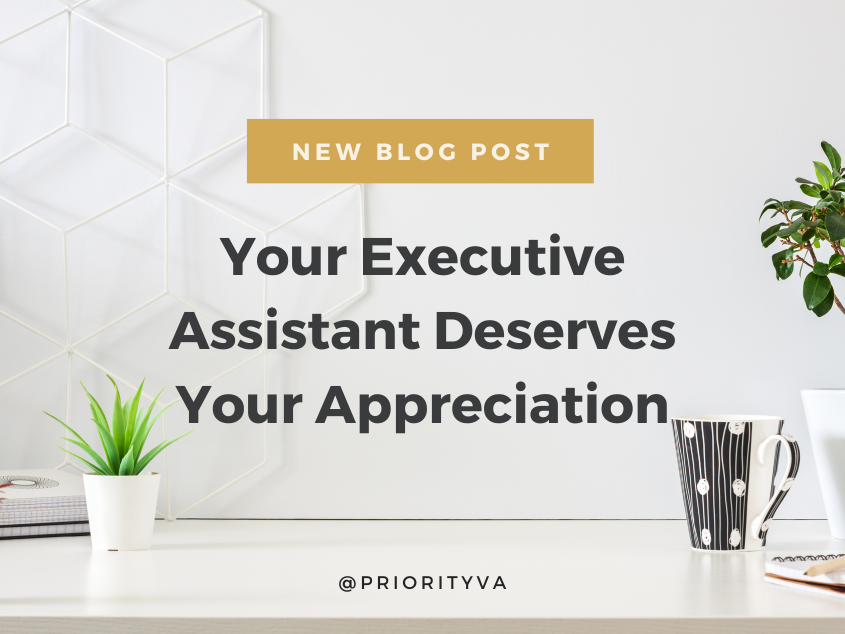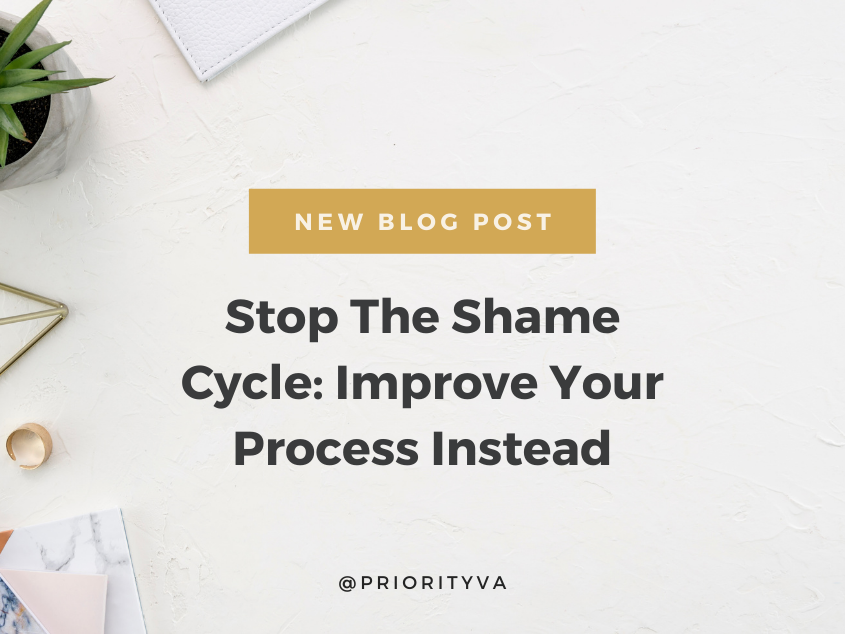Whether you love strategic planning or hate it, you know it’s necessary. If you struggle to make decisions and need help getting started, this blog will help you finally put some ideas to paper.
As business owners, we usually fall into one of two camps for planning. Either we love it. We are self-identified planners and can’t get enough. Or, we’re not.
I meet a lot of executives who struggle with planning because they don’t like making decisions. They’d rather put off planning and fly by the seat of their pants than attempt to nail down their vision.
Or, there are those who want to plan, but they don’t know how to approach it because life is messy.
A pandemic tanks the economy and forces you and your staff to work from home while supporting your kids in virtual school. A new competitor with a massive marketing budget steps onto the scene. A new app does what your company does..but better and cheaper. You get divorced. You lose a family member.
The curveballs are endless.
I’m sure we all wish future planning was more like blueprinting. It would be amazing if everything we put to paper was made or built just how we planned it. But that isn’t the reality.
When things feel uncertain, it’s normal to try to seize control wherever you can find it. In fact, this is a common practice among Executives who have a fear of the future. Instead of anticipating adaptability, they try to mitigate long-term risk with rigid, short-term solutions.
But there’s a cost to this reaction. For one, it’s exhausting. This approach puts the Executive and company in a constant state of reaction, which can drain resources and morale.
Instead of simply reacting to curveballs –- or trying to plan a way to outsmart the unknown and uncertain — we can incorporate the unknown into our planning process. We can embrace it.
With this mindset as our foundation, I want to share my 6 recommendations to jump-start your planning process. I’m going to list all 6 right now, and then I’ll dive into each more thoroughly. If you wait until the end, you will also hear my bonus #7. But I’ll leave that one as a cliffhanger.
#1 – Incorporate Adaptability
When you know the future is uncertain, you may try your hardest to nail down certainty wherever you can find it. Maybe you push a launch of an initiative or opt-in you’ve had on the backburner to feel a sense of control over something.
Early in my business, this might have been my approach. Now, I don’t try to outsmart the unknown and uncertain. My plans incorporate it.
The pitfall of the newspaper industry was only considering their 5-10 year forecasting. They feared disruption instead of leaning into it and embracing it.
If you PLAN for disruption, you will find ways to be proactive instead of reactive. Every future plan consists of 3 things: strategy, tactics to support that strategy, and vision. But I think there needs to be the fourth component. That’s evolution.
At some point, farther into the future than you can see, your industry is going to evolve. This evolution is going to disrupt your way of doing business, the product you sell, or the service you offer. Either you can disrupt the industry, or it will be disrupted for you.
We have a tendency to cycle between our strategy, tactics, and vision while neglecting the evolution component. I don’t expect every one of you to be industry disruptors — that’s a lot of pressure. But if it suits you, go for it!
What I’m trying to get at is that your long, long-term planning should look to that evolved future.
Are you paying attention to tech trends, social changes, shifts in the economy, and global events? At a bare minimum, you need to be paying attention. One day, you will learn or see something that will give you an idea. It will reshape your vision, which will affect your strategy and will trickle down to your tactics. You will change your status quo and be proactive.
Think about Wikipedia. Wikipedia is the largest encyclopedia in the world. Its defining characteristic is that it’s an open-collaborative online encyclopedia that is created and maintained by volunteer editors.
As much as Wikipedia changed the research landscape when it first launched in 2001, its founder probably never imagined a future in which “fake news” 19 years later was shared more readily than truth without regulation. I wonder if he considered a future in which teachers would tell students Wikipedia is NOT a valid resource for research papers.
Wikipedia started verifying its information…but that seems more reactive than proactive doesn’t it?
Let’s try to break free from our traditional, linear timelines of only looking 5 to 10 years into the future, and lean into disruption. Let’s plan for evolution!
#2 – Plan conservatively
I’ve gotten really clear on how fast we can move and what we CAN accomplish when everyone is pulling in the right direction. In some ways, I had to get conservative in my planning. Instead of going in 5 directions, I learned to pick one and go all in.
Once I pick a direction… I plan for the lowest number of revenue coming in. I would even go so far as to say that I plan for the worst. I know right, don’t I sound fun? Everyone makes fun of me because I have a doomsday fund. I HAD to have a certain amount of money in that fund to feel comfortable.
Surprise surprise that fund is the reason PVA is afloat in the wake of COVID. I’m telling you, sometimes, it pays to be conservative!
Being conservative does NOT mean I don’t dream, have big goals or take risks. Quite the opposite! It means I set big goals, but follow the good/better/best model.
I indicate what would have to happen for our execution to be “good.” This is work or achievement that is done to the bare minimum of my satisfaction.
These goals are big enough that sometimes we don’t hit them, but they give us amazing goals to shoot for.
Using this model can even out your expectations and help you to not obsess over huge numbers. I also like it because it stretches you out of your comfort zone, which feels extra amazing when you actually achieve it!
#3 – Hire talent with the long term value
If you’re a solopreneur, you may be used to hiring contractors and ad hoc people to use only when you want something done. This can serve you for a while, but in your long-term planning, it’s likely you envision a larger team for yourself.
I am all for hiring contractors. In fact, all of my W-2 employees start as contractors before they are permanent members of my team. BUT I make a point to hire contractors that possess long-term value. I put them through the exact same hiring gauntlet as I do for a W-2 teammate, depending on the work they will be doing.
My reason for this is pretty simple. When the road gets bumpy, I want to know that these people will be “all in.” I don’t want to be surrounded by a bunch of fair-weathered contractors — and then when I need them most — I can’t depend on them.
I’ve been burned by team members more times than I care to admit. I’ve been through the wringer of what not to do. Since I refined my hiring model, I know I have ride-or-die people by my side.
This level of trust is clutch when you are rolling up your sleeves for long-term planning. Why? Because your strategic partner — your EA — IS a planner. EAs are equipped to look down the road for potholes. This is how they anticipate your needs and keep you on track. This is also why when you make a plan and then change your mind — you may notice your EA get irritated!
EAs offer TREMENDOUS long-term value for your organization because of their ability to hold your strategic vision. They can help you understand the domino effect of your decisions. For example, if launching a webinar is on your 1-year plan, they can remind you that X, Y, and Z need to happen for that to be possible. They’ll remind you about the customer service impact and the necessary website updates.
They will keep those small details top-of-mind that you may not have the time or bandwidth to consider.
#4 – Be systematic and disciplined
As I said in point number 1, every good plan needs a strategy, tactics to support that strategy and vision. It needs goals, and it needs actions to achieve those goals. In this climate especially, your strategy matters.
Within your strategy, you will need to take risks. I believe those risks can be PROACTIVE instead of REACTIVE with systematic and disciplined decision-making.
One of the best ways I can recommend help in this area is to outsource outcomes, rather than tasks. If you know your business lacks documentation, assign this rock to your EA. Give them a goal to document all of your onboarding processes by the end of the quarter. If you’re not sure about your tools and software, assign this outcome to a tech ninja on your team. Have them research better alternatives to suit growth.
Empower your team to lead and own their role. This is game-changing to future success and keeps fear and exhaustion from skewing your decision-making when everything falls on your plate.
#5 – Implement scorecards
Let me first tell you what a Scorecard is not. A scorecard is not a record of what “has” happened. It is a document outlining what will happen or is happening. Most of you have data somewhere of what’s happened in your business. That’s not what this is.
A scorecard keeps you focused and accountable for the goals you have for the future and for what’s currently on your plate.
The language of a scorecard moves you from “to do” to “to done.” There are no excuses and no bullshit. I think scorecards are excellent because once you outline your long-term vision, it keeps you accountable to the quarterly and annual milestones.
One of the reasons I recommend scorecards is because it’s so common to set goals … and then be derailed by something shiny.
#6 – Decide if you’re interested or committed
I am a quickstart, which means I lose interest just as fast as I find it. As a visionary, you’ve got to decide if you’re interested in a project, or committed to it.
If it’s just interesting, put it in a document you’ll commit to revisiting once a quarter. You’ll be surprised how often you no longer care about things you were once “so passionate” about.
What I’ve found in my life is that if there is an idea I am committed to, nothing will stop me. Not down revenues, not lost team members, not COVID. We show up differently when we’re committed.
Maybe we do, but why are we interested? Are we really passionate about the prospect of helping people through the improved course? Is it a passion to influence our followers’ lives? Or do we just want to be able to say we have a high-earning course? Do we want to see thousands of followers next to our name and the little blue checkmark?
I’ve come to learn that not all of my passions have to be satisfied through my business. If you’re new here, prison reform is big on my heart. Huge. I have a brother in prison and spend a lot of time volunteering with Defy Ventures to help the incarcerated transition back into the business world.
I say all this because…the satisfaction I get from this volunteer work doesn’t necessarily have to collide with Priority VA. We put so much pressure on ourselves thinking we have to monetize our passions. Some things don’t have to make us money.
BONUS #7 – Check your attitude
I’m not a natural optimist. My pessimism has hurt me in a lot of ways, especially as it relates to planning. I tend to be a doom and gloom person, so I’ve really had to stretch myself to be positive when this. The reason why is because, every time I’ve thought the sky is falling, my team’s morale sinks.
I’ve learned that keeping a positive attitude while planning and executing goals is crucial to our ability to actually hit them. I’ve made better efforts to celebrate wins along the way and to NOT get swayed when things trend down. I’m not perfect, but I try my hardest to keep pushing forward.
Thankfully, I have a team of amazing cheerleaders and pragmatists to keep me REALISTIC and HOPEFUL at the same time. I have found my people. I hope the same for you, too.
Are you ready for this to be the year you kickass at planning? If you’ve always believed planning wasn’t your thing, I have a bonus challenge for you — stop limiting what you are capable of doing. You CAN plan because you can have a vision, you can strategize and I know you have tactics up your sleeve. Beyond that, pay attention to your industry’s evolving future. You never know how the unknown will inspire you.





